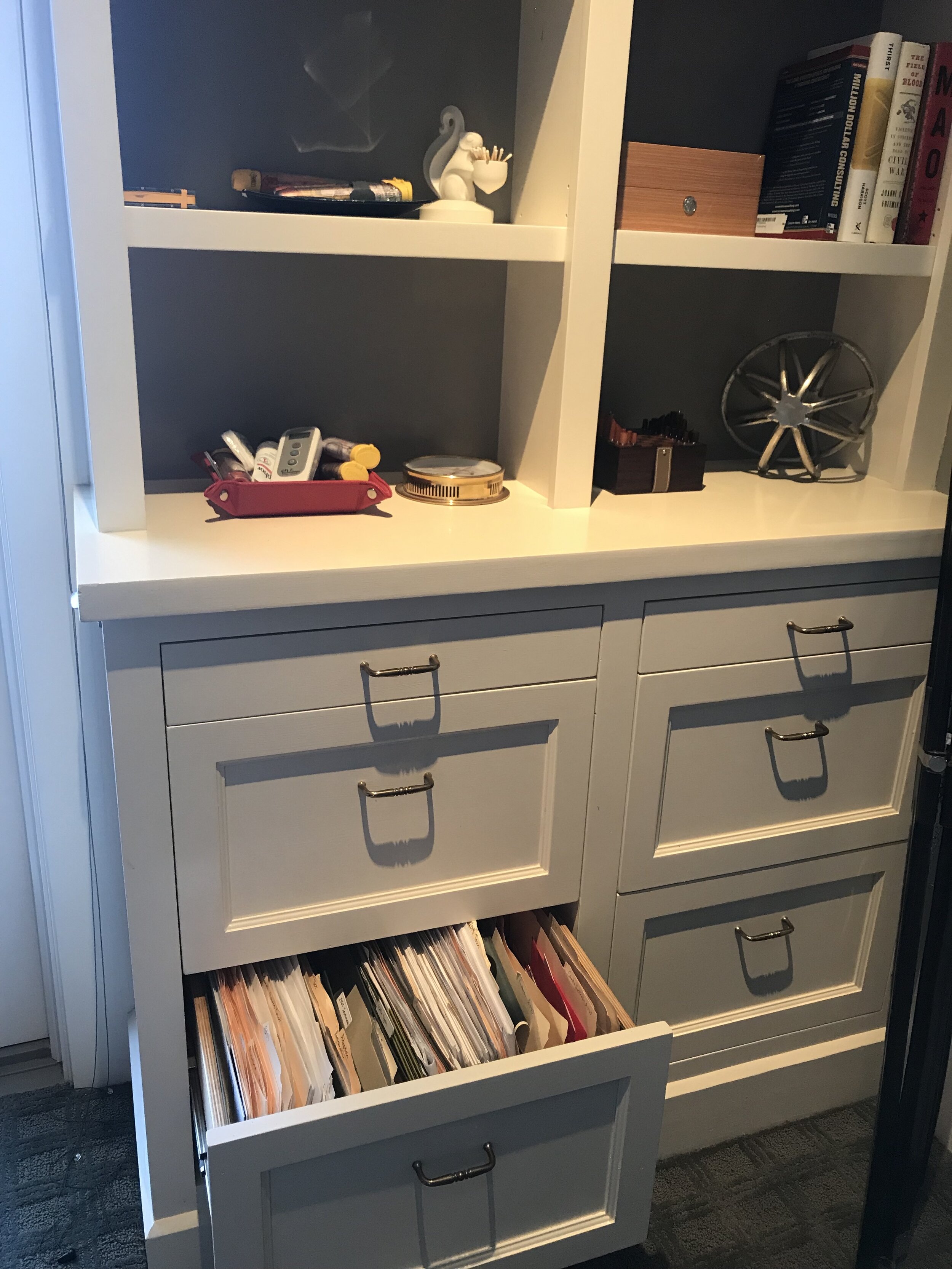The 6 Key Elements of A Productive #WFH Workspace
Like many of you, I’ve been spending an awful lot of time on video these past couple of weeks. Zoom, GoToMeeting, Google Hangouts… I’ve done it all.
And in terms of workspaces, I’ve seen some STUFF.
In the haste to make the transition from office to work from home, a lot of people have been stuck working in cramped, uncomfortable, or just plain unworkable spaces. And it’s not just that this isn’t an ideal situation: when you’re already dealing with close quarters, childcare demands, and self care needs, a bad workspace makes it really hard to be productive.
I’ve heard from some friends that they don’t want to “waste money” creating a dedicated work space, or that they don’t feel like it’s a true need.
Guys. Your job is the way you’re supporting yourself and your family during this time of crisis. If you can’t do that job well, that’s potentially putting everything else you care about at risk. Your workspace is most definitely a place to put yourself first!
Not only that, but we don’t know how long this shelter in place thing is going to last! Sitting on the couch with a laptop might work for your occasional #wfh day under normal circumstances, but we’re looking at a solid month and a half of this at least. A month and a half is long enough for both your productivity and your back to take a huge hit.
Now that I have you convinced, let’s get you set up for success! Here are the key elements of a great work from home space:
1) A dedicated work zone
Whether it’s a corner of a room or a dedicated space with a door that closes, you need to carve out a place that is yours, and yours alone; for work, and work alone. If this zone is constantly in motion, you can hardly expect yourself to be able to tell when you’re working and when you’re not - let alone anyone else in your household.
2) Appropriate technology
If you usually have two monitors at work, you need that at home, too! If you’re doing heavy duty graphics work, you’re going to need a machine that can handle that. But on the flip side, cool it on the extras that you don’t really need to do your job and might be distracting, like a extra tablet or (maybe?) even your phone.
3) Comfortable seating
By comfortable, I don’t mean relaxed - I mean supportive. You should be able to sit up straight with good posture, and have your eye line near the top of your computer monitor. Check out this advice from the Mayo Clinic for more info on setting up an ergonomic workspace.
4) Room to spread out
If you can genuinely get all your work done with just a laptop, then you only need a tiny table. But if you spread out at all using notes, paperwork, supplies, or any other physical items, you need a surface that can comfortably accommodate that.
5) Only the essential office supplies
This is actually a place where I think most of us can cut back. To keep your space clear and uncluttered, only have on hand those office supplies you actually use. Do any of us really use tape or a stapler anymore?
6) A way to close up shop
This ties back into tip #1. In order to keep ourselves sane, we do still need to stop working at some point and enjoy our personal lives. The easiest way to get our brains to do this is to literally close the door on work. So do that - and if you can’t, have a box or drawer on hand that you can pack your work station into each evening.
Have I piqued your curiosity and you now have more questions? You’re in luck: I presented a webinar I know you’ll love with my friend Alexis Haselberger, a time management and productivity coach. It’s called Stop the Overwhelm: Setting Up for #WFH Success, and you can watch the replay any time. Click here to watch!
See you there!
LMW











Yes, I know, every electronic device has a clock on it, but nothing beats a good old fashioned check of the wrist for speed and seamlessness.